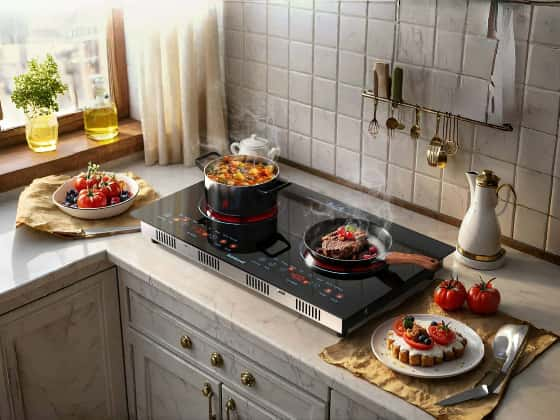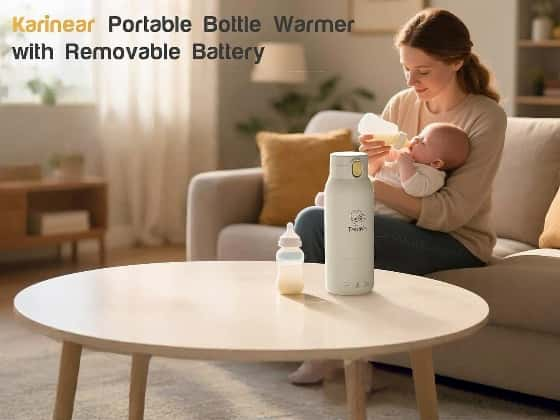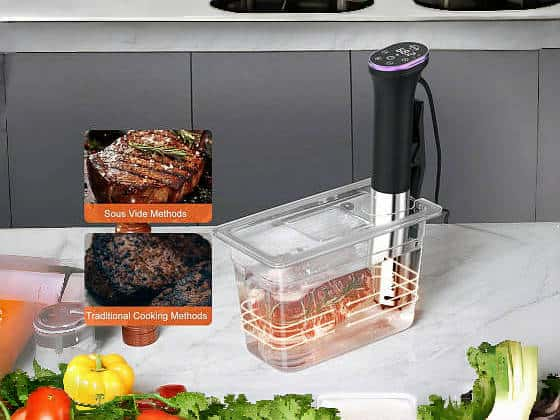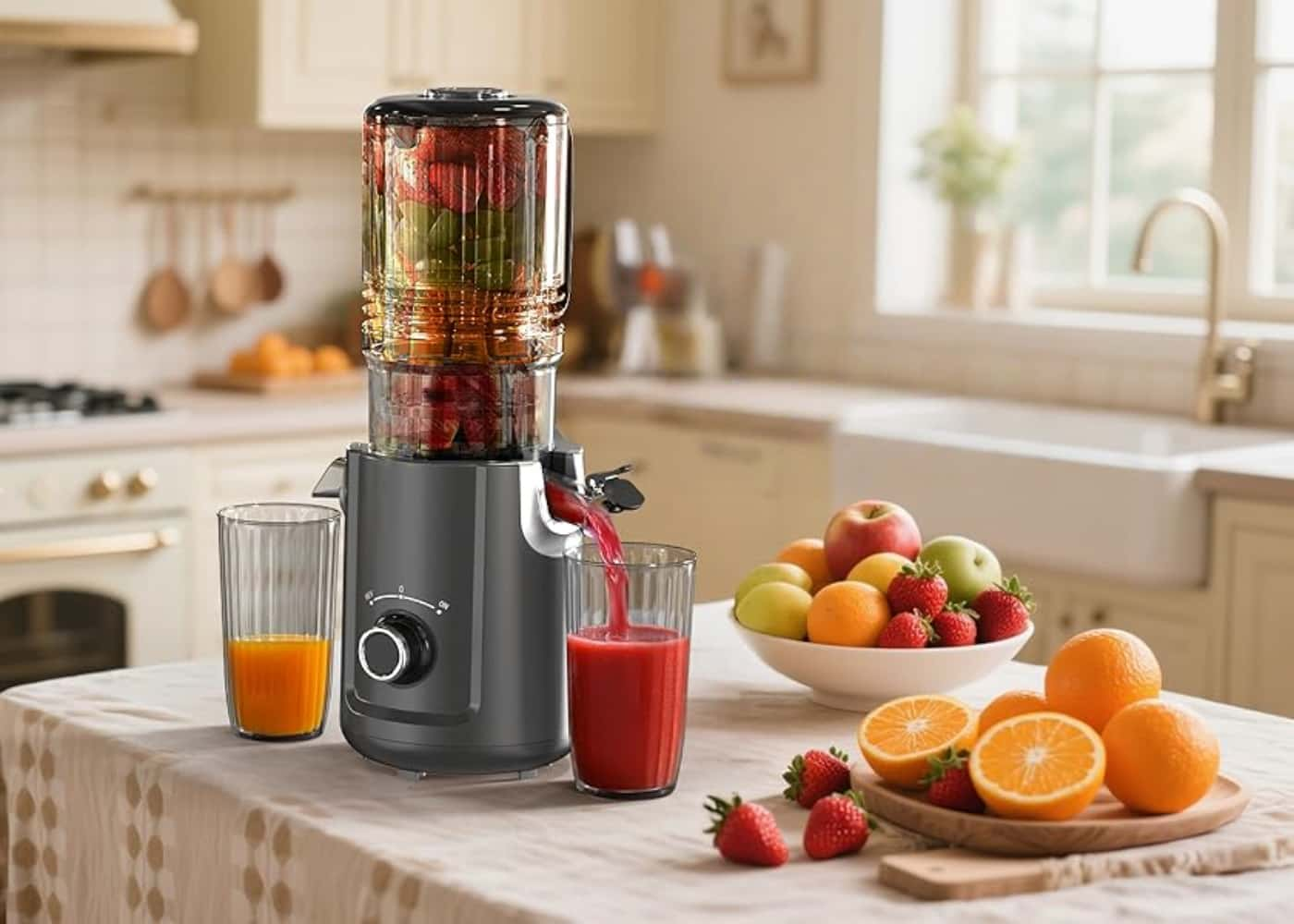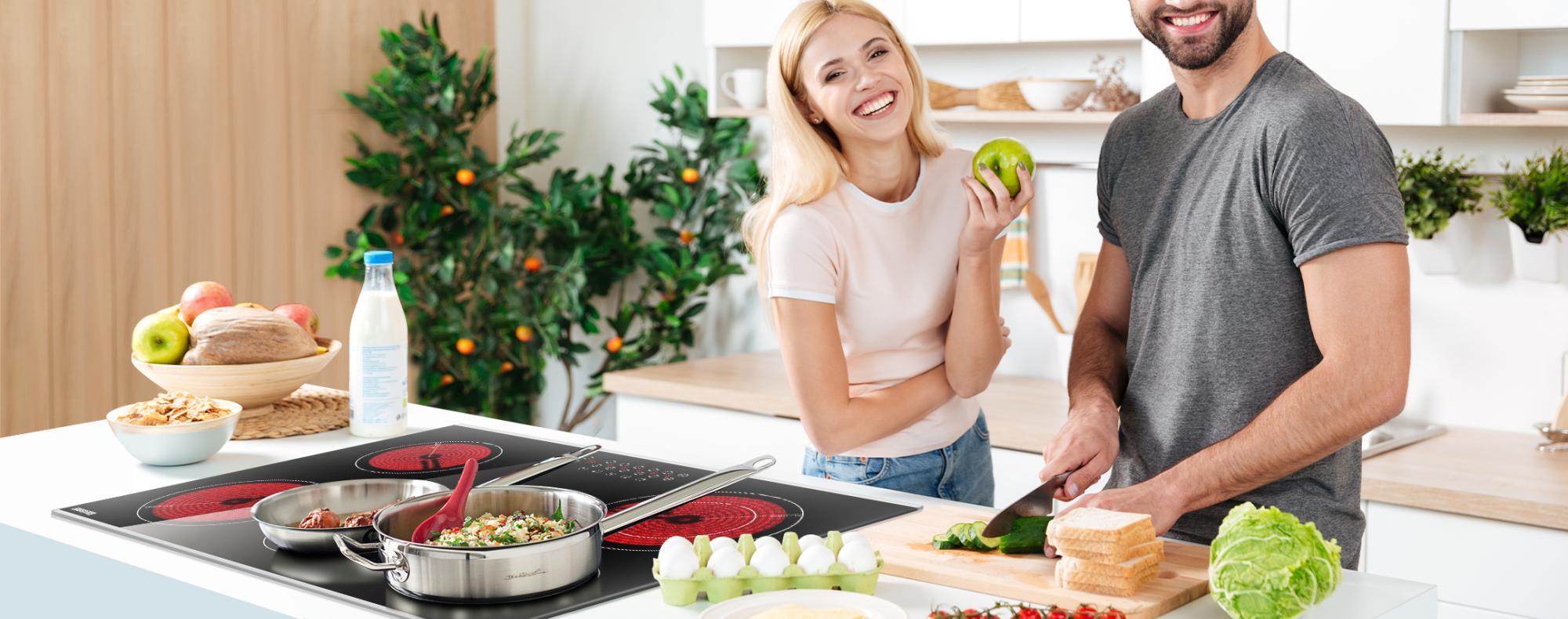
How often and when to clean your glass top stove
Quick daily wipe-downs vs. weekly deep cleans
A daily cleaning routine helps keep your glass top stove consistently clean. Let your cooktop cool down completely after cooking. Then give it a quick wipe with a soft cloth. This simple five-minute habit prevents buildup and you won't need to clean intensively as often. The results really show up if you cook frequently.
Weekly deep cleaning works best for most glass cooktops. This gives you a complete clean that tackles grime your daily wipes might miss. Set aside 15-30 minutes each week if you cook often. You can clean other kitchen areas while the cleaning products sit on the stovetop surface to save time.
On top of that, it helps to do a monthly deep clean with cleaners made specifically for glass cooktops. This monthly ritual tackles tough stains and protects your investment. These special cleaners work safely on ceramic glass surfaces without causing damage.
Why timing matters: cleaning after the stove cools
The right timing matters just as much as how often you clean. Always let your glass top stove cool completely before you start cleaning. This keeps you safe and helps the cleaning work better.
Cleaning a hot stovetop creates problems. The cleaner evaporates too fast and leaves streaks. You might burn yourself from the hot surface or steaming cleaning solutions. Hot glass can also stain permanently if you apply cleaning products too soon.
Fresh spills clean up best when the surface feels cool but slightly warm. Food comes off easier at this temperature without the risks of a hot surface. Some experts suggest using an oven mitt while you scrape residue from a warm (not hot) cooktop. Hold your scraper at a 45-degree angle to clean effectively and safely.
Sugar spills need quick attention. Clean them right after the surface cools to avoid hard-to-remove burnt messes.

What most people miss before cleaning
Avoiding damage by choosing the right cleaner
Most homeowners grab glass cleaners like Windex, assuming they'll work fine on glass-top stoves. However, the ammonia in these products might damage the glass surface. This may violate your warranty and emit harmful emissions. You should use cleaners designed specifically for ceramic-glass cooktops rather than all-purpose ones. These unique cleaners remove debris safely and without damaging the sensitive surface. Simple household ingredients like baking soda or vinegar might also serve as gentle alternatives.
Why soft cloths matter more than you think
Your choice of cleaning instrument is just as important as the cleaner. Because of their unique properties, microfiber cloths are ideal for use with glass-top stoves. Unlike paper towels or typical kitchen rags, these cloths contain a super-tight weave and a static charge that attracts small particles. They effectively remove debris and grease even when dry, preventing microscopic scratches that might dull your stovetop over time. Use different microfiber cloths for cleaning and polishing.
The hidden danger of excess moisture
Glass top stoves can be unexpectedly vulnerable to water damage. Excess liquid or cleaning could damage internal components by leaking beneath the surface. Instead of wetting the surface, use a little cleanser and a little moist cloth. you prevent the formation of water spots or mineral stains, make sure you immediately wipe off any remaining moisture with a dry cloth.
How pressure can scratch your stove
How you clean your stove influences how long it lasts. Even soft cloths can produce permanent marks if pressed too hard when cleaning. Instead of scrubbing vigorously, use soft circular strokes. The same goes for your cookware: raise your pots and pans instead of sliding them to avoid scratches. You must use extreme caution while handling large goods such as cast iron skillets and woks, as their weight can quickly damage the glass.
Step-by-step cleaning method experts actually use
1. Remove loose debris first
Start with a completely cool surface and wipe away loose crumbs or debris with a non-abrasive cleaning pad or soft cloth. This first step keeps your stovetop scratch-free during the deeper cleaning phases.
2. Use warm water and mild soap
Mix warm water with a few drops of dish soap for daily cleaning. A damp cloth with this solution breaks down light grease and fresh spills easily. Your stovetop's finish stays protected between deep cleanings with this gentle method.
3. Scrape stuck-on food safely
Stubborn residue needs a cooktop scraper held at a 45-degree angle against the glass surface. Food remnants come off with reasonable pressure without damaging the cooktop. The surface should be slightly warm but safe to touch—an oven mitt provides protection.
4. Apply and let cleaner sit
Specialized glass cooktop cleaner works best when applied directly to dirty areas. Let it sit for 15-30 minutes based on how dirty the surface is. Tough residue becomes much easier to remove after this waiting period.
5. Scrub gently with the right tool
Glass cooktops need a non-abrasive cleaning pad designed specifically for them. Regular sponges can scratch the surface permanently because they contain abrasives. Circular motions with gentle pressure work best.
6. Polish for a streak-free finish
Buff with a clean, dry microfiber cloth or paper towel until the cleaning solution disappears completely. Your cooktop's original shine returns and stays streak-free after this final step.
How to prevent stains and long-term damage
The real reason spills should be cleaned immediately
Your cooktop needs quick attention when sugar-based spills like tomato sauce, syrup, and candy happen - right after it cools down. These substances can stick permanently to the glass surface if you leave them too long. A small splash from your homemade french fries might look harmless but quickly becomes a tough black burn mark. That tomato sauce boiling over tonight will turn into an annoying stain by tomorrow morning.
Why cookware bottoms matter more than you think
Your pots and pans' condition directly affects your stove's life. Check your cookware's bottoms - they should be flat and smooth. Aluminum heats up great but can leave marks that look like scratches if you slide it around. Stainless steel lasts long without leaving stains. Stay away from cast iron - its rough bottom and heat-holding properties can ruin glass cooktops forever.
How to avoid water spots and mineral stains
Water spots won't form if you dry your stove completely after cleaning. White vinegar works great on stubborn water spots. A specialized glass sealant might be worth trying to protect against mineral buildup.
When to call a professional for scratches
Scratches can happen even with careful use. Professional resurfacing services are a great way to fix minor surface scratches, and they come with warranties and expert finishing. Deep scratches that affect how your stove works need attention from authorized repair services.
Conclusion
Glass top stoves without doubt reshape our kitchen's appearance with their sleek design, but their beauty just needs dedication. In this piece, we've explored expert techniques that preserve these premium cooking surfaces' function and esthetics.
Your daily maintenance forms the foundations of proper care. A quick 5-minute wipe-down after each use will save you hours of scrubbing later. The cleaning process works better when you let your stove cool completely, which protects you and your investment.
Many glass top stove owners damage their surfaces unknowingly. Harsh cleaners, too much pressure, or ignored spills can ruin these surfaces permanently. The solution is simple - use gentle products made for ceramic-glass and soft microfiber cloths to keep your stove pristine.
Your choice of cookware is a vital part of prevention. Flat-bottomed pots and pans made from suitable materials prevent scratches from building up. Cast iron works great for cooking but can seriously damage glass surfaces.
This glass top stove represents a valuable investment, not just another appliance. These surfaces last many years when proper care becomes part of your daily routine. Small efforts today will prevent costly repairs tomorrow. Your kitchen deserves this care - and so do you.

